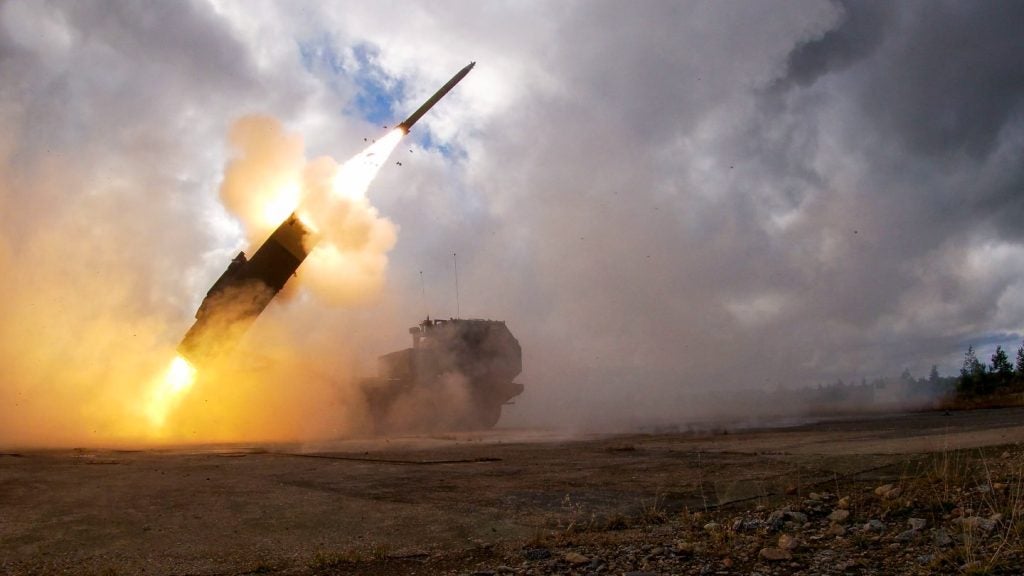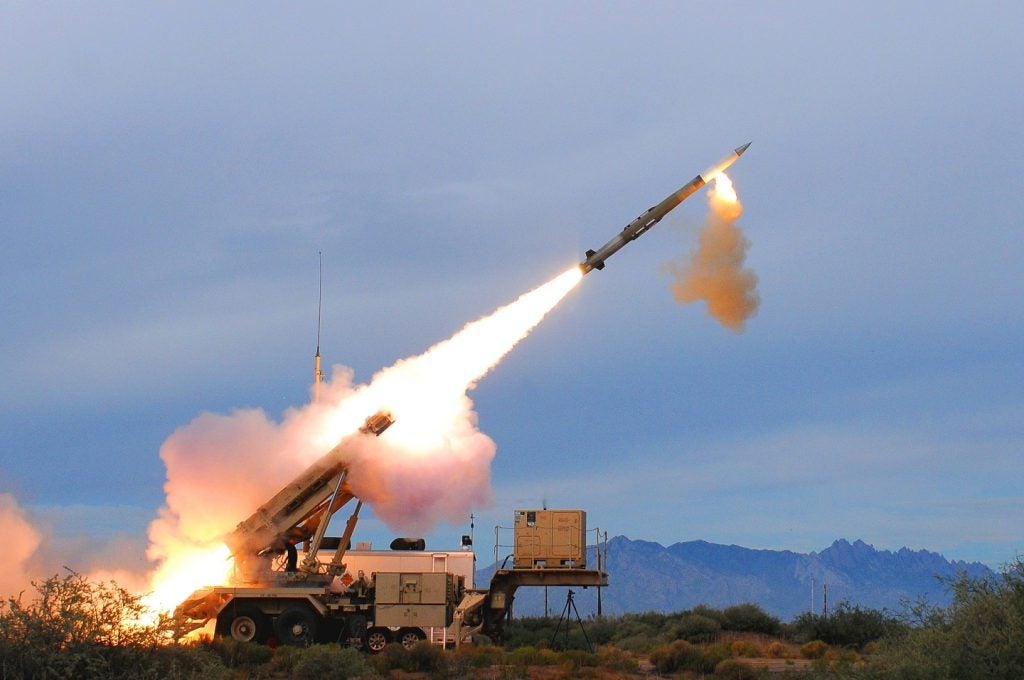
The UK’s Defence Science and Technology Laboratory, or Dstl, has contracted a consortium led by Thales UK and two small businesses, Catalyst and DCE, to develop a system-of-systems digital twin environment.
Operating through the virtual domain, the team will integrate digital twins – virtual representations – of physical crewed and uncrewed vehicles. This will test the efficacy of a growing trend to use a common interface to deploy different military assets together as a hybrid force structure in the battlespace.
This virtually constructed environment is known as the ‘Land Digital Robotics and Autonomous Systems Integration Capability’ (L-DRIC).
The results from this digital test will be replicated in live trials and demonstrations scheduled for early 2025.
Digital twins
Digital twins are digital representations of physical assets, systems, people, or processes. They help detect, prevent, predict, and optimise the physical environment using artificial intelligence (AI), real-time analytics, visualisation, and simulation tools.
GlobalData intelligence expects the global digital twins market will reach $154.3bn by 2030, driven by advances in underlying technologies such as the Internet of Things, cloud, AI, and data analytics.
How well do you really know your competitors?
Access the most comprehensive Company Profiles on the market, powered by GlobalData. Save hours of research. Gain competitive edge.

Thank you!
Your download email will arrive shortly
Not ready to buy yet? Download a free sample
We are confident about the unique quality of our Company Profiles. However, we want you to make the most beneficial decision for your business, so we offer a free sample that you can download by submitting the below form
By GlobalDataOf course, the emerging technology may be used in any sector but in Defence, a digital backbone is needed to test and showcase the integration of weapon systems.
Combining various systems in a risk-free environment will save time and money that would normally go to physical live-fire tests.
“The open and modular architectures developed in this project better enable the Army to rapidly adapt, integrate emerging RAS technologies with in service platforms such as Ajax,” said Guy Powell, Dstl principcal land autonomy adviser.
“This, together with the use of digital twin environments, shou;ld provide a critical enabler to reduce risks, costs and timescales associated with integration and spiral development.”
No longer ‘trade blood for first contact’
UK Defence is not pursuing the crewed-uncrewed integration of assets in isolation. Recently, the US Army has begun to implement new plans that hinge on “unburdening our soldiers” for the next several decades.
This will involve greater digitalisation and a common systems architecture, both of which will serve to bolster the performance of its land systems over the long term through spiral development enhancements.
Going forward, new systems such as the XM30 – an optionally crewed fighting vehicle – will replace the enduring Bradley, now more than 40-years-old, in the future hybrid force structure. The new adaptable combat vehicle “needs to stay relevant,” said a spokesperson in Janaury 2024.
Likewise, a soldier-centric approach to warfare will be adopted wherein the service will no longer “trade blood for first contact.” This gives way to a human-machine interface, where advanced robotic combat vehicles are tasked with engaging the enemy and to attain critical battlefield intelligence.






